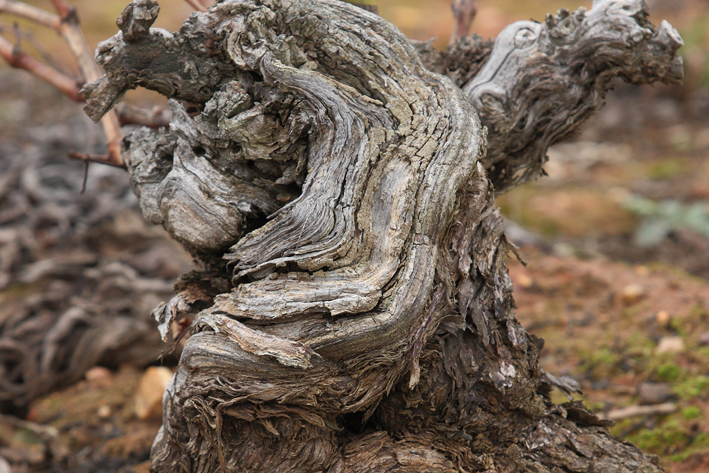An extraordinary heritage of forgotten Chilean vines dating back over 200 years
Back from Chile : wine critic Gabrielle Vizzavona introduces a selection of craft wines produced with very old País and Carignan vines during the Masterclass “Carignan and Pais de Chile: an incredible heritage of ancient vine”
ADVERTORIAL
She will share her experience after visiting this unique region accompanied by ProChile and the winegrowers who have worked to preserve this natural miracle.
Ahead of the Masterclass taking place on 15 February at 9.30am in Room 1 – Les Masterclasses, Ms Vizzavona gave The Daily a taste of what’s to come.
You recently went to Chile, what were your first impressions?
I have been working for several years with ProChile, the state organisation in charge of promoting Chile in the world, on masterclasses in particular. Although I knew the theory fairly well, going there offers a much deeper perspective. This country is incredible in its diversity but also in its shape, which sometimes implies a certain geographical hostility: a narrow strip of land 4,300 kilometres long, 80% covered by mountains, which includes 2,900 volcanoes, 80 of which are still active. I was fascinated, once there, to see how the Andes never really leave you, permanently framing the surrounding landscape, deceiving my bearings by their omnipresence in every direction I looked. The feeling of being continually imprisoned within them, far from being distressing, was rather soothing. My journey took me to the valleys of Maipo, Casablanca, Cachapoal, Colchagua, Maule and Itata.
Chile’s new dynamism lies in the advent of a terroir-based, artisanal and green viticulture which coexists with the one we know better, dominated by big players and driven by consumer trends
What about viticulture?
It is important to realise that two types of viticulture coexist in Chile. One, which the markets know best, is fairly industrial, dominated by a handful of giant players who produce wines built for export. The other is artisanal, in full bloom, with small winemakers with a very green approach who are still struggling to export. The latter are the new conquistadors of Chilean wine! My trip was mainly oriented towards this model, with an emphasis on the terroirs of volcanic rock and granite. In this context, I went to meet several associations – such as “MOVI”, “País de Colchagua”, “Vigno” or “Vidseca” in Maule – which have taken on the mission of protecting and promoting, among other things, the extraordinary heritage of old Chilean vines.
This will be the theme of the masterclass that you will be giving on 15 February. What is the history of this heritage of old vines?
It is an accidental heritage, because it has survived in areas that were not originally intended for intensive wine production and that were simply abandoned because of the various crises that the country has experienced. Chile is said to have the largest heritage of old vines in the world. They are again today, because of their age, which sometimes reaches almost 260 years, considered as a treasure and protected in an associative way. The oldest vines are those of País and Carignan. País was introduced to Chile in the Itata and Bio Bio Valley in the second half of the 16th century, with the conquistadors, and was chosen as the grape variety used to make mass wine to evangelise the New World. I loved some of the expressions of País which, after having been disparaged for a long time, is becoming very fashionable again, which is justified by its particularly fine, liquorice, peppery, almost spicy, smoky taste, its digestibility and its powdery tannic structure. There are some superb ones. Some of the vines that are still producing wine today date back to the 19th century when the country asked for independence from Spain, which triggered new waves of migration, accentuated by the phylloxera crisis in Europe and the exodus of many winegrowers who came to settle there. It’s absolutely crazy when you think about it! I can’t wait to taste these wines, some of which come from vines over 200 years old, for the Vinexposium audience on Wednesday…
Hall 5.2 / Stand D-135

